How to Choose the Right Stage Size for Your Event
While you have an entire venue, your stage is where the event truly takes place. It’s the platform for the magic, the place people look to for speeches, performances, and key moments. The challenge here is to pick the right stage.
Too small, and your performers feel cramped. Too big, and it swallows the energy of the event.
If you’re new to event planning, choosing a hire stage size might feel like guesswork. However, with a few simple considerations, you can remove the mystery out of it. From the creative team at Oceania, here’s a guide to help you navigate hire stage options and match the platform to your audience, venue, and purpose.
1: Think about what’s happening onstage.
Start with the activity. A stage for speeches or presentations doesn’t need to be elaborate. A lectern, a microphone, and perhaps a couple of chairs will do. Compare that to live music, where a band brings drum kits, guitars, keyboards, and a handful of performers who all need their own space.
Theatre or dance requires even more room because performers need to move freely, while fashion shows demand length over depth so the audience can see each outfit in motion.
It’s a simple rule: the more complex the performance, the more space you need. When planning which hire stage you’ll pick, picture how many people will be onstage at once and what gear they’re bringing with them.
2. Match stage to audience.
Your audience size also shapes the right choice. A small gathering of under 50 people often works fine with a compact riser. It raises the presenter just enough for everyone to see without overwhelming the room.
Once you move to medium-sized events with a hundred or more guests, the stage should be larger and raised higher to make sure those at the back don’t miss anything. For audiences in the hundreds, bigger stages become non-negotiable, often with multiple access points so people can move smoothly on and off.
If you’re on the fence, it’s better to err on the side of slightly larger. With some hire stage systems, you can scale up without committing to a permanent structure, so there’s flexibility to fit your audience’s needs.
3. Consider your venue, too.
Venues influence stage decisions more than most people expect. Indoor halls and conference spaces often limit stage height due to ceiling beams, lighting rigs, or sprinkler systems. Outdoor spaces introduce another challenge: the ground.
Uneven terrain means you’ll need staging that can be safely levelled and secured. Marquees, meanwhile, are often tight on space, which means carefully balancing the size of the stage with the space needed for guests, catering, and walkways.
The good news is that most modern hire stage setups are modular, including ours. They can be built out in different shapes and sizes to match whatever space you’re working with, whether it’s a hall, a waterfront park, or a temporary tent.
4. Keep it safe and accessible.
Finally, we can’t forget about accessibility. Safe, practical staging is vital.
Access ramps make sure everyone can use the stage, while stairs need to be stable, wide, and fitted with rails. Weight limits are another factor, particularly if heavy equipment or large groups of people will be onstage at once.
Finding a reliable company for your hire stage will ensure that many of these details are addressed at the outset, but it is worth raising the questions early in your consultation process so that there are no surprises later.
5. Make sure you’ve got the extras.
Staging often works hand-in-hand with event lighting and sound. You might need rigging points for spotlights or a backdrop to create a clean visual focus. For music events, extra platforms for drum kits or risers for performers can add polish.
Far from afterthoughts, these are a crucial part of ensuring your stage looks and works as intended. When you choose a hire stage with us, most of these extras can be added as part of the package, so it's worth considering them ahead of time.
A quick checklist for your hire stage:
When in doubt, always remember:
· Think about what’s happening on stage.
· Match the stage to the audience.
· Consider your venue as well as your itinerary.
· Keep it safe and accessible.
· Make sure you’ve got the extras.
With these five clear steps in your pocket, picking the right hire stage will be a breeze. While DIY is always an option with these setups, you can also bring someone on board to handle the technical side of rigging lighting, audio, and the modular shape of the stage itself.
Regardless, if you have a clear understanding of what’s happening onstage, who’s watching, and where it’s all taking place, you’re good to go. Bring the right hire stage to the event, and your event will blow some minds.
Talk to Oceania about your next stage hire.
We’re here to make your DIY stage hire as easy as possible, so you can focus on putting on the event that suits you best. If you require more technical assistance, our team can take on the project in a creative capacity, ensuring your event is as memorable as possible.
Get in touch today!
